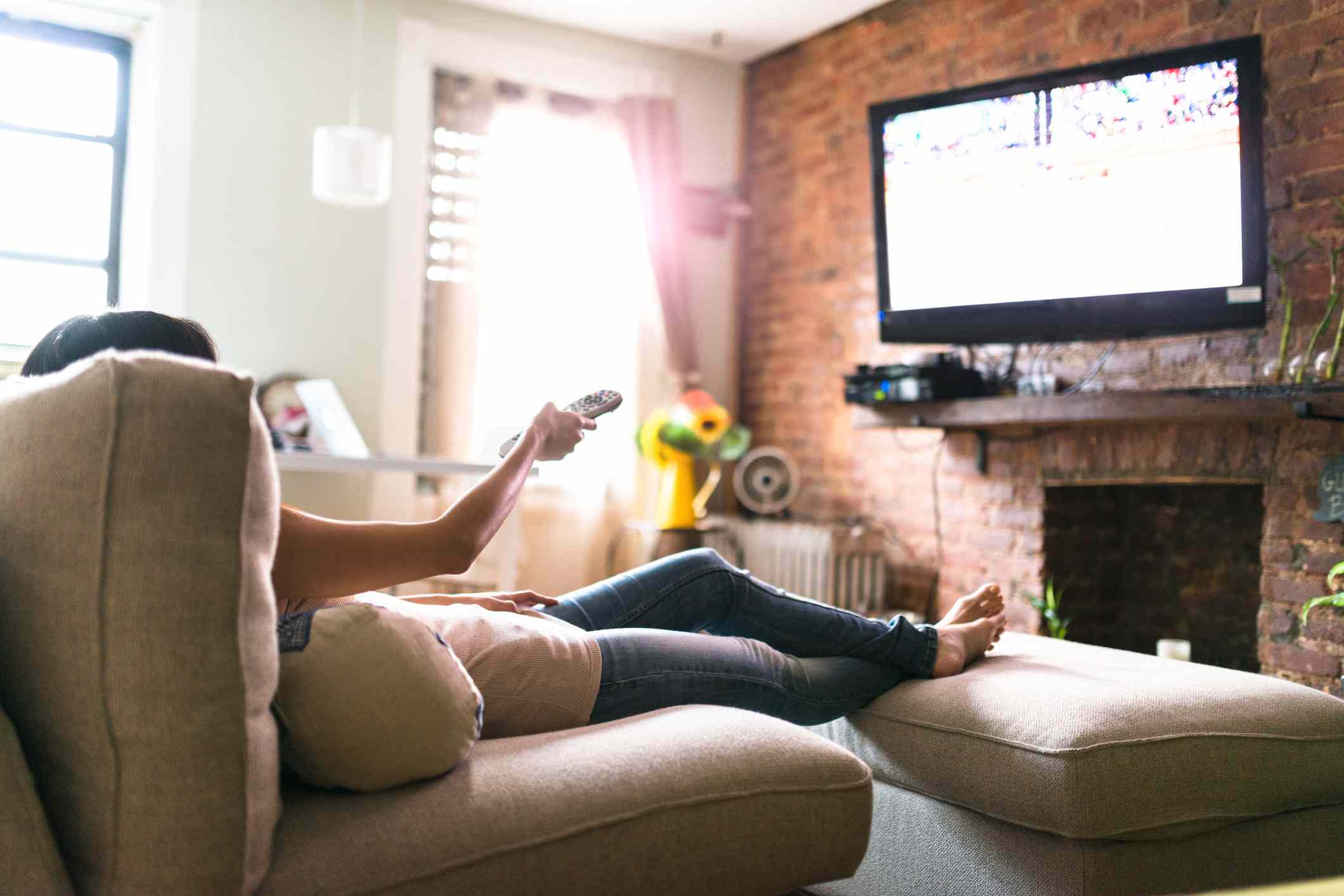
To take care of health, the TV must be at eye level and at a viewing distance that depends on the size of the screen.
The correct position of the television implies more than comfort. Health – especially in relation to the eyes, but also the neck and other nearby areas – can be affected if the eye is fixed for a long time on a screen that is too close or far or higher or lower than advisable. You should also pay attention to the appropriate lighting of the room where the TV is located; www.unicol.com, experts in TV mountings, offer the following advice about positioning your TV for optimal viewing.
Optimal distance
In the last decade, televisions have experienced a real revolution. The old tube devices and curved screens have been replaced by modern equipment based on new technologies: plasma, LCD, LED. This, added to the new possibilities of accessing channels and retransmissions (DTT, digital signals, Smart TV, etc.), has modified the way of consuming television. However, beyond the changes that have taken place in such a short period of time, one question remains as valid as in the times of cathode rays: the location – height and distance from the eyes – of the screen.
People have always been discouraged from watching TV from up close. The recommended minimum distance ranges between 1.5 and 2 metres to protect the health of the eyes. Nowadays it is more difficult to make such general statements. This is because screens of all sizes exist, and it is not strange to visit someone and discover a huge TV in their home.
Size matters and bigger is not always better. The dimensions of the screen should be adapted to the space of the room where it is located and to the distance between the image and the place from which it is observed. A 20-inch screen is too small if it will be observed from a distance equal to or greater than four metres. It will cause visual fatigue, migraines, etc. But the opposite is also true, a very large screen of 70 or 80 inches that is observed from just two metres away, will also be harmful to the eyes. In addition, the quality of the image – unless the signal is very high definition – will not be optimal either.
At eye level
In relation to height, what is recommended by experts is that the centre of the screen is at eye level. In general, the eyes of a person of average height sitting on a couch or sofa of normal size are at a height – from the ground – of between 85 centimetres to 1 metre. In this way, the centre of the screen should be within that height range.
If the TV is not in the living room, but in another place, such as the bedroom, the situation may vary. Often, on such occasions, it is placed at a considerable height, near the ceiling. If it is seen from the bed, with the head resting on the pillow or a cushion, the best thing is that it is not vertical but, thanks to a clamping structure, with an inclination towards the place from which it will be observed.
Appropriate lighting
You cannot forget the lighting as a fundamental factor at the time of creating the ideal conditions to watch TV without harming health. To avoid very strong contrasts, which can damage sight, a soft light source should be installed in the TV room. The screen should not be the only light, nor should a very powerful lamp be used. The soft light can come from the back of the viewer, from one side or from the back of the screen, although in the latter case it must be oriented in the opposite direction, without affecting the eyes of those who watch the television.




